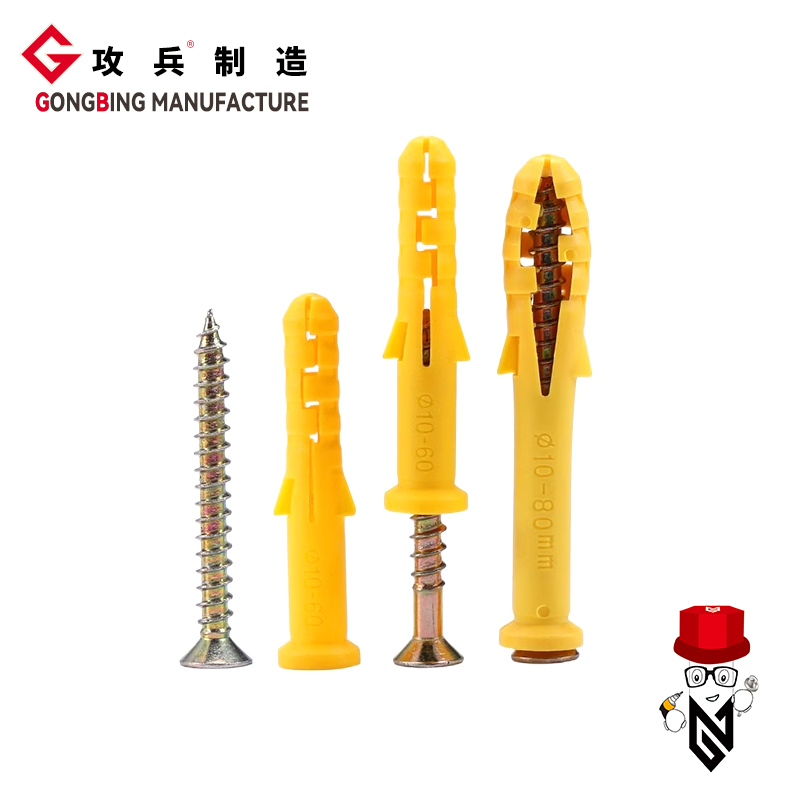Investigation of Headed Shear Studs in Composite Beams for Enhanced Structural Performance and Safety
Understanding Headed Shear Studs A Key Component in Structural Engineering
In the realm of modern structural engineering, headed shear studs play a pivotal role in ensuring the strength, stability, and overall performance of composite structures. These small yet powerful components are integral in various applications, particularly in the construction and reinforcement of concrete and steel frameworks. This article delves into the functionality, benefits, and applications of headed shear studs, highlighting their significance in today's engineering practices.
What are Headed Shear Studs?
Headed shear studs are cylindrical steel connectors that feature a head on one end, designed to be welded to a steel beam or plate. The primary function of these studs is to transfer shear forces between steel and concrete elements, ensuring that they act together as a composite system. This is particularly important in composite beams, where the interaction of concrete and steel optimizes load-bearing capacity and structural integrity.
The Functionality of Headed Shear Studs
The design of headed shear studs allows them to create a mechanical bond between the steel and concrete. When a composite beam is loaded, the concrete experiences compressive forces while the steel experiences tensile forces. Headed shear studs help in transferring these forces through shear, thus preventing potential slippage between the two materials. This bond is critical in the performance of the structure, especially under dynamic loads such as those from traffic, wind, or seismic activity.
The effectiveness of headed shear studs in transferring shear forces is influenced by various factors, including the number, spacing, and arrangement of the studs. Proper engineering design and calculations are essential to determine the optimal configuration for a specific project, ensuring safety and performance.
Benefits of Headed Shear Studs
1. Enhanced Load Capacity One of the primary advantages of using headed shear studs is that they significantly increase the load-bearing capacity of composite beams. By ensuring effective load transfer between steel and concrete, they allow for the design of lighter and more efficient structures.
headed shear stud

2. Ease of Installation Headed shear studs can be welded directly onto the steel beams, simplifying the construction process. This ease of installation not only speeds up the construction timeline but also reduces labor costs.
3. Improved Structural Performance Structures that utilize headed shear studs exhibit improved performance characteristics. They provide greater ductility, resistance to shear failure, and enhanced energy absorption during dynamic loading conditions.
4. Cost-Effectiveness The use of headed shear studs can lead to cost savings in both materials and labor. The ability to design lighter structures means less steel and concrete are required, and quicker installation reduces overall project costs.
Applications of Headed Shear Studs
Headed shear studs are utilized in a wide range of applications in the construction industry. They are commonly found in
- Bridges In bridge construction, headed shear studs are crucial for assuring the integrity and strength of composite bridges, allowing for efficient load distribution. - High-Rise Buildings As buildings increase in height, the need for effective load transfer systems becomes paramount. Headed shear studs aid in creating robust composite floor systems. - Industrial Structures Factories and warehouses often employ headed shear studs in their roofs and floors, providing the necessary structural support to handle heavy loads.
Conclusion
In conclusion, headed shear studs are an essential component in modern structural engineering, facilitating the safe and efficient design of composite structures. Their ability to enhance load capacity, ease of installation, and cost-effectiveness make them a preferred choice among engineers and architects alike. As construction techniques continue to evolve, the importance of headed shear studs remains clear, demonstrating their vital role in building a safe and resilient infrastructure for the future.
-
Weatherproof Plastic Expansion Anchors for OutdoorसमाचारJun.06,2025
-
Sustainability in the Supply Chain: Eco-Friendly TEK Screws ProductionसमाचारJun.06,2025
-
Load-Bearing Capacity of External Insulation FixingsसमाचारJun.06,2025
-
Double Head Bolts: Enhancing Efficiency in Industrial MachineryसमाचारJun.06,2025
-
Corrosion Resistance in Chipboard Screws: Coatings for Wholesale DurabilityसमाचारJun.06,2025
-
Butterfly Toggle Bolts : Enhancing Structural ResilienceसमाचारJun.06,2025
